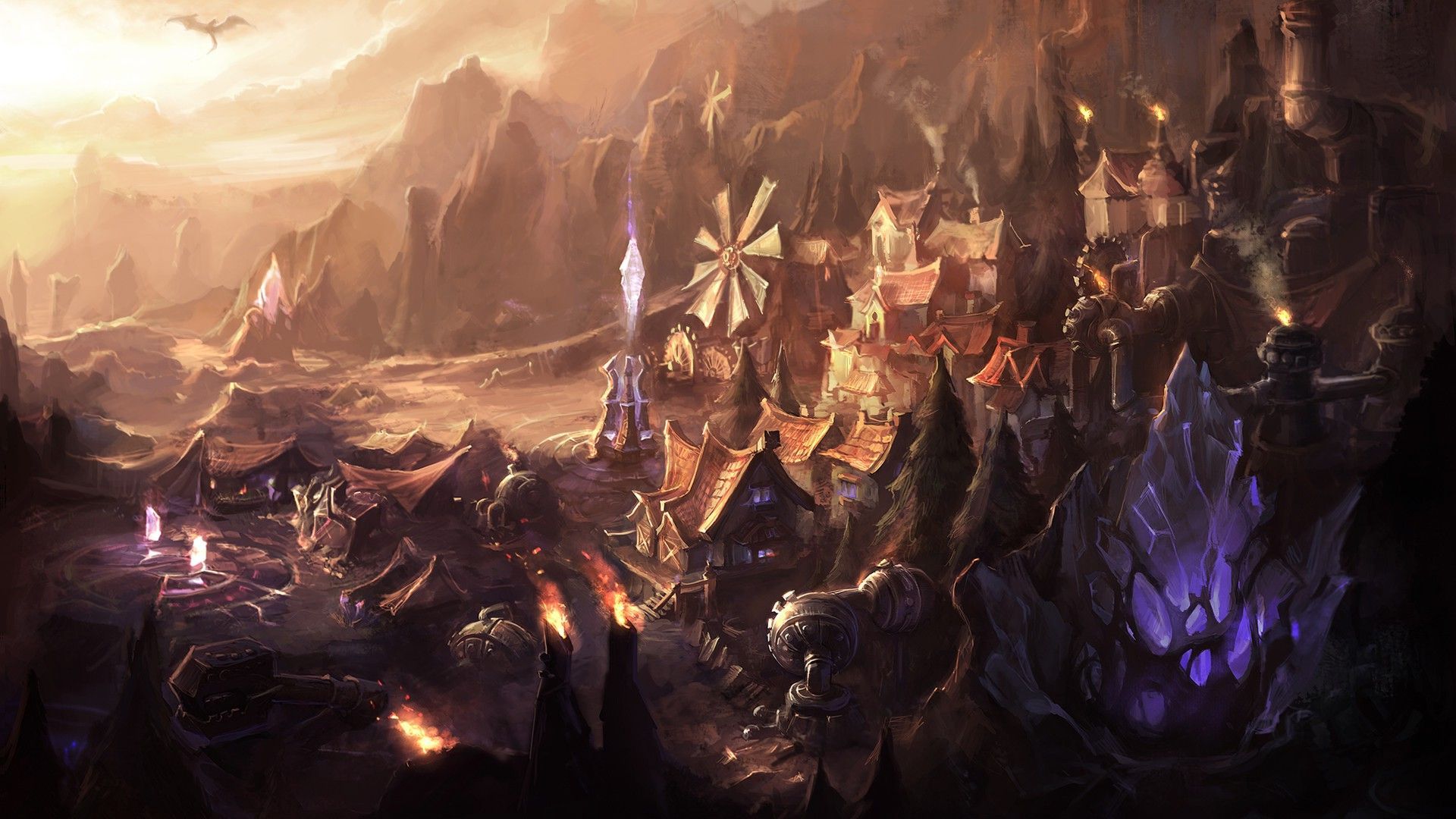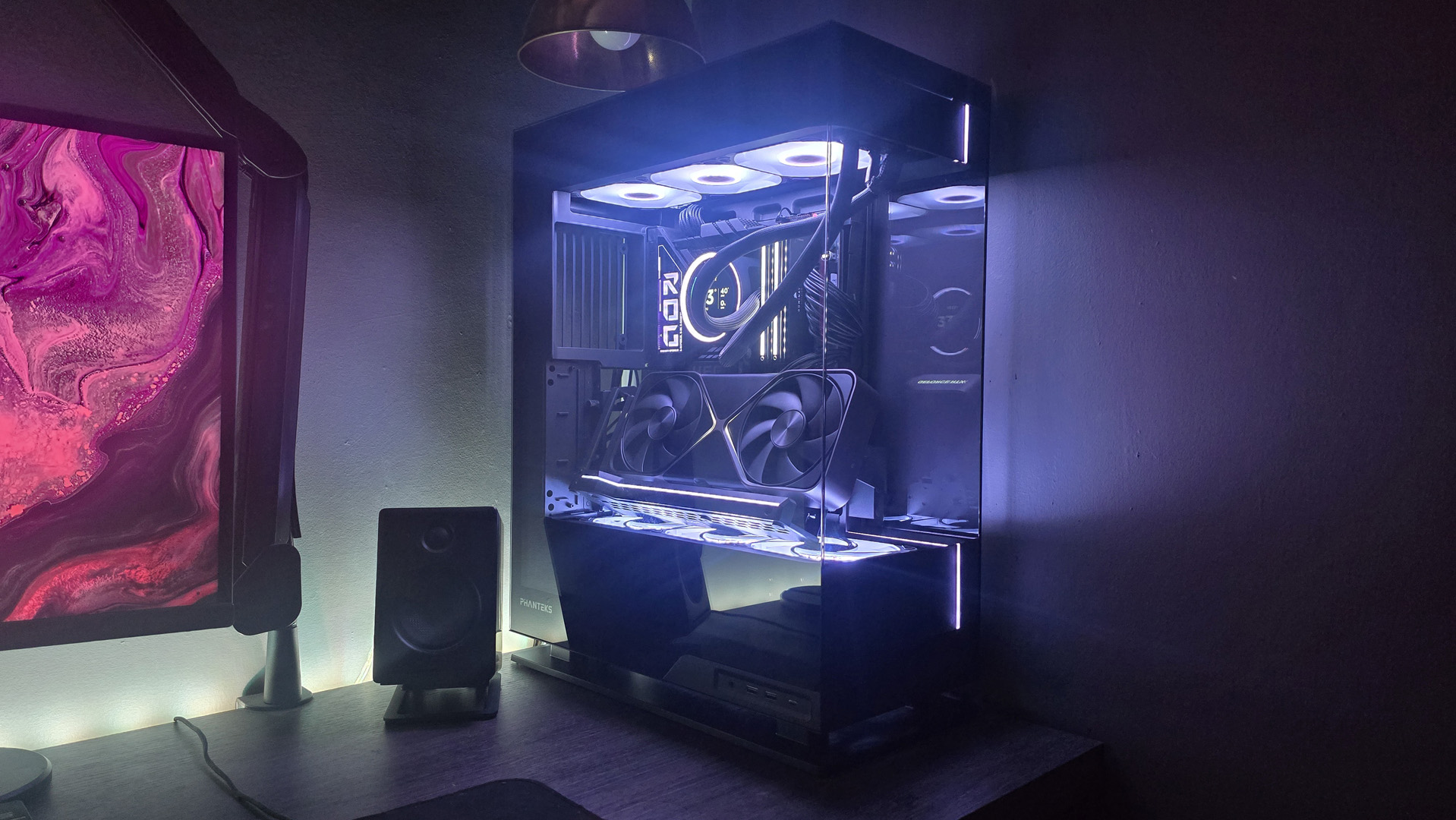A dirge for LoL’s Dominion mode

Riot recently announced the death of the Dominion map. Normally, removing a game mode—even from a free to play game—is bad business. It's not simply the removal of a rarely-used option, but tantamount to a slap in the face to the marginal demographic that did enjoy it. It's as clear a statement as a company can make that they simply don't care about them, their enjoyment of the mode, or the time they have invested. Even Riot admits that an icon for winning the mode 100 times isn't more than token recompense.
At least it would be bad business if the writing hadn’t been on the wall for years.
The "fast, fun" game mode was launched to much fanfare as a casual alternative to the demanding rigors of Summoner's Rift (and a replacement for the defunct Magma Chamber map.) Dominion was designed so that finicky skill gates like last-hitting and build timings were of distant secondary importance to teamfighting. The smaller map and permanent objectives meant that you couldn't go ten steps without running into an enemy player, making for a constant and frenetic pace of play—engineered to appeal to the millions of casual League of Legends players that weren't committed to proving their worth via ranked solo queue.
Dominion flopped, and that was entirely Riot's fault. Certainly, it was kind of doomed at the start—being basically League of Legends Lite, it invited unfavorable comparisons to its bigger and better-supported brother. But, had it a chance and proper support, there was an opportunity to make it more of a symbiotic than parasitic relationship: given the constant battles and quicker game-to-game turnover, Dominion had built a reputation as a good training mode for teamfighting and strategic compositions. It forced players to pay attention to map objectives as much as where to look for kills. In the context of Dominion, the two were often one and the same anyhow.
Thanks to a few key mistakes, this was a missed opportunity.
Feeding frenzy
The biggest issue was the lack of a proper ladder. Perhaps the intent to cater to casual players was to blame here. Certainly, concerns were expressed about splitting up the playerbase too much, thus lengthening queue times to absurd levels. But Riot seemed to have underestimated or overlooked a critical aspect of competitive games in general: a large chunk of their appeal, regardless of whether the player is "casual" or "hardcore," is to prove mastery or excellence by progression, and none of that was available to Dominion players.
There were efforts to organize a competitive scene, but the grassroots approach had some inherent flaws left unaddressed by Riot. One, it sat in the shadows of the LoL esports initiatives—the LCS and other circuits acted as a multimillion advertising drive for Summoner's Rift as the sole proper form of League of Legends, while Dominion didn't even get lip service during the sillier All-Star games. Even ARAM had more attention—thanks largely to the fact that its win conditions regarding towers down and minions farmed were based on Summoner's Rift design and balance considerations in the first place.
The biggest gaming news, reviews and hardware deals
Keep up to date with the most important stories and the best deals, as picked by the PC Gamer team.
Second, nobody actually knew there was a grassroots competitive effort. The lack of Riot attention certainly didn't help, but the general community were just as focused on the "normal" game as well. Few can name off-hand the last time a Dominion-related article was written, or a tournament announcement given attention on the subreddit, or if there were any such thing as a Dominion-specializing caster, writer, or other community figure.
All that translates directly into the game itself. Without a ladder and without purpose, it was entirely plausible for a Challenger-tier player to find themselves queued up with Bronze-tiers—a horrible experience for both. And that's not even factoring in the zombie hordes that resulted from the lack of Riot attention: Dominion was absolutely infested with bots farming account levels to sell in the gray market, and they weren't even the "good" sort of bots designed to preternaturally dodge (and land) skillshots.

Hand-me-down clothes
It also didn't help that Dominion was, initially, horribly balanced. The smaller map and amplified importance of objectives favored speed above all. It magnified the mobility creep issue already plaguing Summoner's Rift, initially putting particular emphasis on champions like Teemo or Rammus, or characters that had an inherent ability to accelerate out of the gate faster than the rest of the roster. The first to lock down the "neutral" objectives, after all, started the game with a significant advantage.
Other balance issues were affected by the lack of lanes, the more abundant bushes, et cetera—highlighting that the champion pool was designed with a whole range of assumptions that fit one map, but not the other. Everything from walkspeed to missile distances were built, after all, within the confines of Summoner's Rift, and every way that the Dominion map differed from SR presented a jarring moment of dissonance.
There were attempts to address this with mode-specific balance patches. Changes made in Dominion weren't necessarily going to apply to Summoner's Rift. But there were two problems with this, the first being that it happened way too late. By the time serious efforts to balance Dominion were underway, there were already waves of new champions to address, lots of new items to further mess with things, and the playerbase had already been turned against the map.
The second was simply that it might've always been a mistake to do mode-specific balances for an unpopular map. They've spent years training players to SR-based conditions, especially in regards to how a champion plays and feels relative to others. In most cases, players would simply grab what they liked to play in ranked to and plop it into Dominion without any care about what the patch notes said—and where there was clash, it'd make for an unpleasant player experience as expectations were left unfulfilled.
From a distance
The sad thing is, Dominion itself was fun. It wasn't necessarily a mindblowing revelation for the future of MOBA design, though the reduced emphasis on farming mechanics and greater emphasis on teamplay perhaps found its successor in Heroes of the Storm. On the rare occasion that you could find ten players with the interest and 15 free minutes to play it, it was rightly entertaining. It was never the mode itself that was frustrating—just everything adjacent to it.
Which is the problem. Riot was trying to make a League-adjacent product, thinking it was a safe bet to take what works, change a few key aspects, and give it a heavy polish (the Dominion map, for a while, had graphical tech that SR only wished it had). But proximity to their main product was anything but safe—everything about Dominion, from the very motive of its creation to the elements it lifted from Summoner's Rift, conspired against its existence. It might actually be that the only "safe" bet for future full-scale Riot projects is to move as far away from League as possible, even dumping the Runeterra theme entirely.
For Riot Games to make that plural in their name a concrete reality, the last thing they need to make is another MOBA.

PC Gamer Pro is dedicated to esports and competitive gaming. Check back every day for exciting, fun and informative articles about League of Legends, Dota 2, Hearthstone, CS:GO and more. GL HF!

